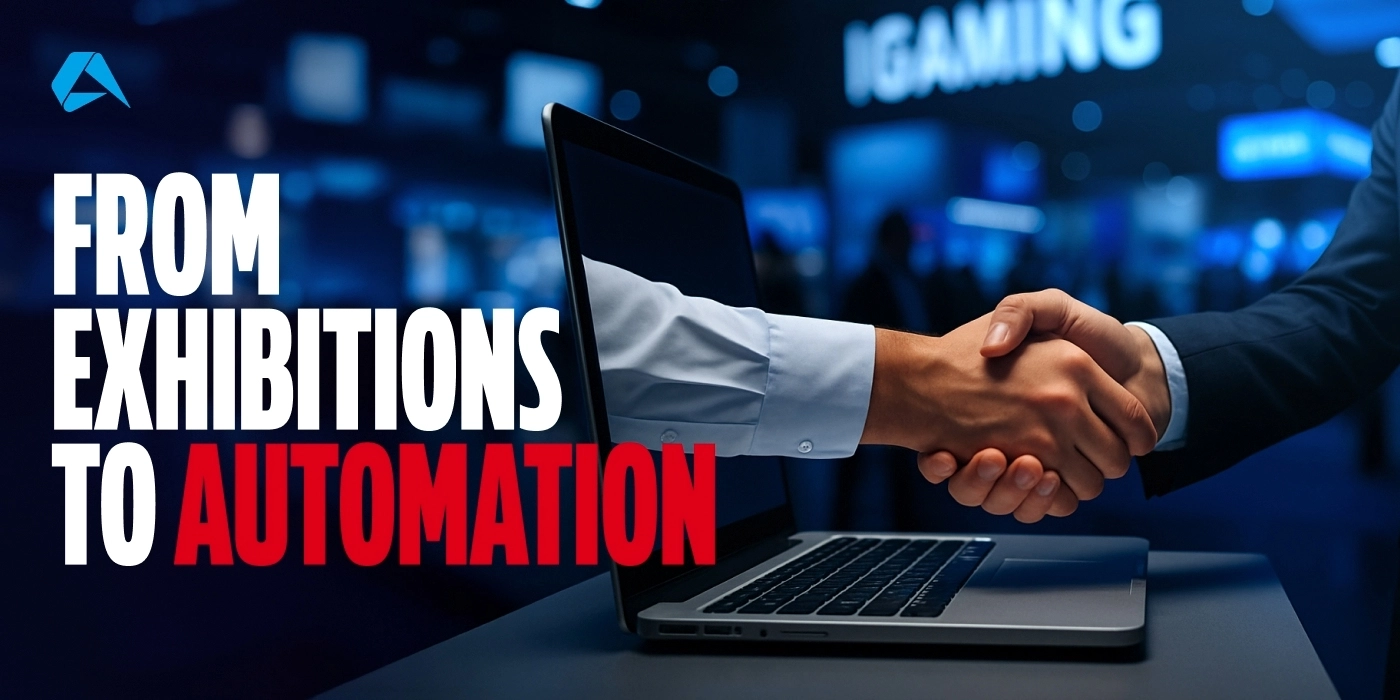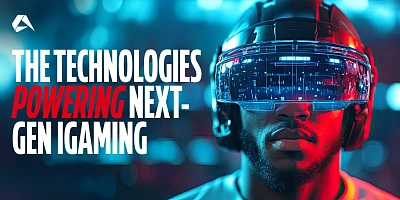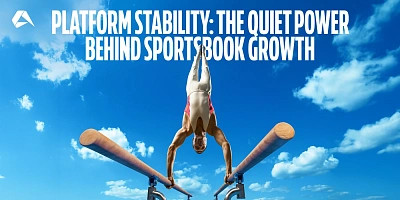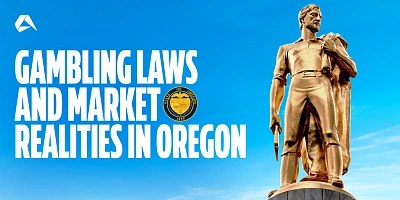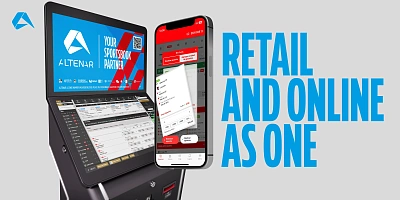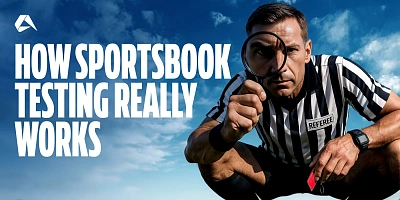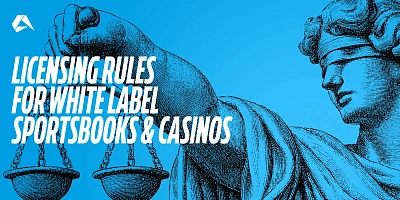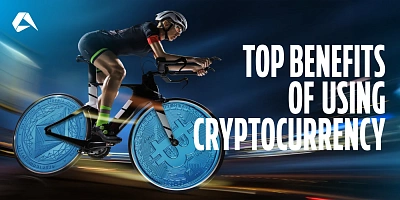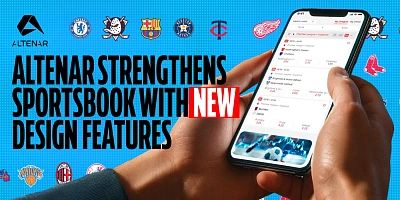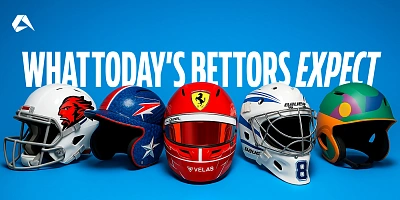Do you remember the buzz of packed halls, bold booths, and more handshakes in three days than you managed back at the office in a month? For years, expos were where supplier conversations began. But somewhere between the Zoom calls, CRM triggers, and pre-qualified leads, something changed, and not just about how we meet either. It’s about when, why, and how those meetings now fit into a much longer, more strategic conversation.
This article explores what’s really changed and what hasn’t.
The Traditional Role of Exhibitions
There was a time, and many of you will remember it well, when showing up at ICE, SiGMA, or SBC Summit wasn’t just routine, it was the foundation of how many operators built their year. A packed meeting schedule, a sharp eye for promising tech, and a few well-placed conversations over drinks. That was often enough to shape your supplier strategy for the next 12 months.
These expos were more than just trade shows. They were where partnerships were formed, ideas tested, and signals picked up long before they hit the press. You’d walk the floor and spot emerging markets from the booths that appeared overnight, or gauge the platform's credibility not from its brochure, but from the way its founders spoke over lunch. Exhibitions offered something digital rarely could: Context. Atmosphere. Unfiltered access.
And they still do, to a point. Altenar’s 2025 events calendar is proof that major expos remain a draw. However, they no longer hold the monopoly on momentum because the math is starting to change for many operators. A three-day expo in London now costs more than an entire digital campaign with measurable reach. And in a post-pandemic world that’s grown comfortable with remote meetings, the justification isn’t automatic.
That’s not to say the appetite is gone. Far from it. But today’s operators come prepared not just to browse, but to challenge, compare, and extract value. They’re less likely to be swayed by booth theatrics or branded espresso bars. They’ve already seen the demo, read the case study, and checked the integration path. What they want from an expo is something more unique: Alignment.
At a core level, exhibitions still matter, but the center of gravity has shifted. Operators aren’t there to be impressed. They’re there to confirm what they already suspect. So the expo is no longer the start of the conversation. Increasingly, it’s the final handshake.
Emergence of Digital Marketing Automation
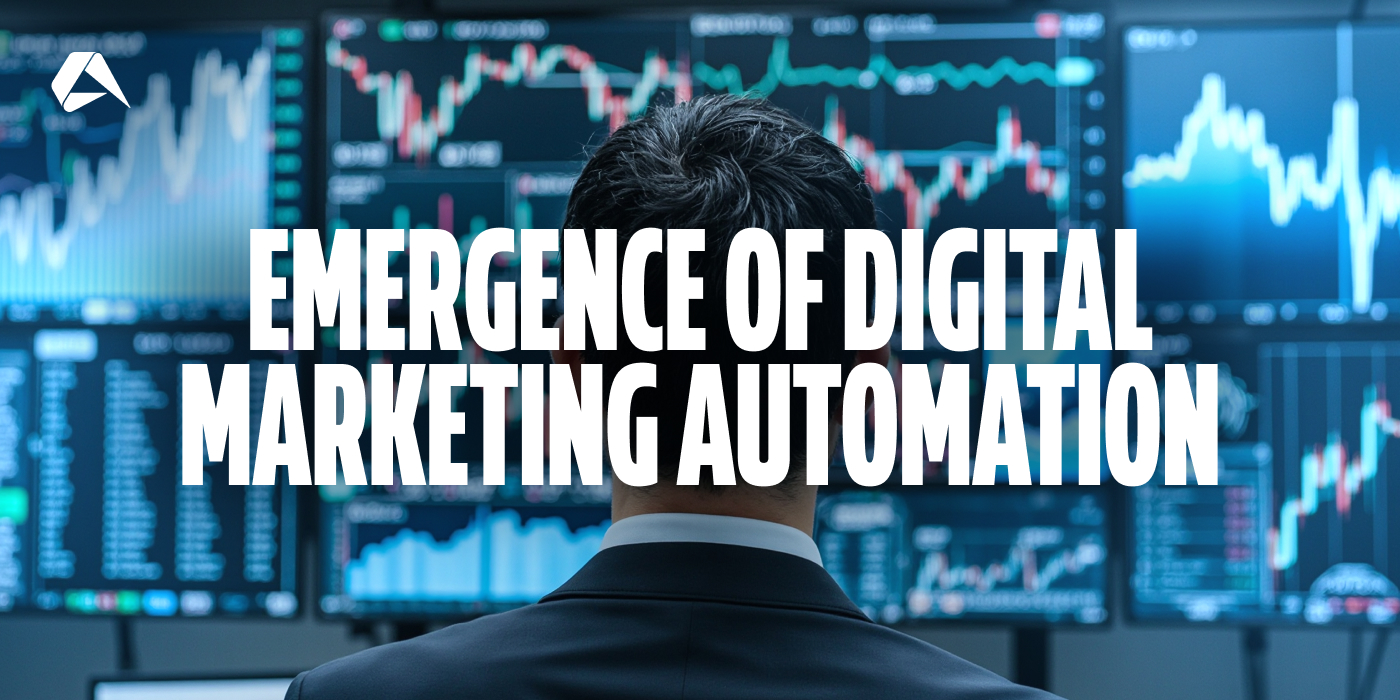
What used to be a numbers game in leads, meetings booked, and deals made has quietly evolved into something more precise. Today, many operators aren’t waiting to be approached. They’re scanning digital footprints, watching suppliers communicate, and gauging intent before exchanging a word. In response, vendors have shifted their tactics to focus more on marketing automation.
This approach is no longer just the domain of consumer tech or e-commerce. B2B iGaming has embraced tools like HubSpot, Salesforce, and custom CRMs to strengthen partnerships. Automation doesn’t mean mass emails and impersonal touchpoints. Done right, it means segmentation, lead scoring, and outreach that reaches the right person at exactly the right time.
From the operator’s side, this shift has been subtle but powerful. You’re no longer sifting through inbox noise or sitting through generic product pitches. Instead, you’re getting pre-qualified information, pricing tiers, and details on platform capabilities delivered through content that’s relevant and timed to your decision cycle. Your first conversation with a supplier today is often better informed than the fifth one you had five years ago.
And the beauty is that it scales. Small operators no longer need to rely on cold outreach or slow-moving referrals. With the right inbound strategy, automation lets them attract serious providers without ever stepping onto an exhibition floor.
Evolving Buyer Behavior
In many respects, it’s clear that the operator’s approach to buying has matured in line with the progress of communication technologies and their use. What used to begin with a casual introduction at an expo now often starts with a quiet audit long before a conversation ever takes place.
This doesn’t necessarily reduce the role of relationships—far from it. From the operator's perspective, it’s more about being better prepared when those relationships begin. Operators are no longer exploring the market with a blank slate. In practice, they’re walking into vendor meetings with context, questions, and criteria. They're assessing technical fit, scalability, pricing transparency, and regional licensing compatibility from the outset, not halfway through the sales cycle.
The suppliers who recognize this trend are adjusting how they communicate. They’re publishing roadmaps, segmenting content by license type, and building onboarding flows that reflect the complexities of regulated markets. Instead of hoping to explain everything in a demo, they’re making that information discoverable from the start.
For operators, detailed preparation delivers time savings and sharper decisions. The vetting process is more specific. Conversations that do happen tend to be more focused, grounded in regulatory timelines, operational friction points, and practical growth targets.
In summary, the buying cycle has evolved. Those prepared to act early, think precisely, and ask the right questions are better positioned to find the right technology partners faster.
Innovative Digital Engagement Strategies

While the operator-vendor relationship moves from handshakes in vendor booth backrooms to screens and signals, that doesn’t mean the conversation has lost depth. It just looks different now. Vendors are finding new ways to reach decision-makers, and the smart ones are using digital channels with intent, not volume.
Here are the primary ways engagement is moving from physical to digital channels:
Virtual Events
Turning Screens into Strategy
Webinars and virtual expos have quietly earned their place in the B2B iGaming communications playbook. For operators, they remove the hassle—no flights, no hotels, no time away from operations. The best sessions go beyond slides. They build credibility through specificity and candor, offering behind-the-scenes insights on communication tactics that make a lasting impact. These aren’t necessarily trade show substitutes. When done well, they’re value filters.
Content Marketing
Information with Intention
Operators don’t want more content. They want better reasons to care. Vendors who publish articles, white papers, and videos with actual operational relevance tend to earn attention early. Case studies showing integration challenges, regional compliance breakdowns, or migration strategies hit harder than slick slogans. Good content builds context. Great content reduces friction. And in B2B iGaming, that edge matters.
Influencer Collaborations
Reaching the Right Ears
Influencer marketing isn’t all giveaways and hype. In B2B, it’s often quiet authority, with a respected affiliate, a veteran consultant, or a founder with a following. When respected and influential people speak, operators are inclined to listen because it comes with context and credibility. Strategic partnerships with these voices let vendors enter conversations that would otherwise be out of reach. It’s less about visibility and more about endorsement.
Account-Based Marketing
One Message, Many Eyes
Mass marketing has little value when the goal is optimal alignment. Vendors increasingly use account-based strategies to speak directly to operators they’ve identified as high-fit. These campaigns aren’t generic. They’re built around the operator’s region, product mix, strategic priorities, etc. Personalized landing pages, tailored email sequences, and segment-specific content help open doors that cold outreach can’t.
Retargeting and Programmatic Ads:
Staying in Mind
Not every operator acts on first contact, and vendors know it. Programmatic advertising has become a quiet but consistent tool to remain visible after that initial spark. If someone’s visited a pricing page or downloaded a product sheet, they might see follow-up ads on LinkedIn or in trade publications they actually trust. The aim is not blanket exposure. It’s about reinforcing relevance. When timed well, these digital connections help guide operators back into the conversation without a single follow-up call.
Data-Driven Vendor Selection
The days of vendor decisions based on charisma and a glossy pitch deck are winding down. Operators are now prioritizing fit, performance, and long-term viability, and they’re using data to achieve this.
From the outset, procurement now resembles due diligence. Technical assessments, platform benchmarking, and cross-market performance checks are often conducted before meetings are booked. Operators are looking at uptime reports, load-testing results, integration histories, and client retention rates as qualification filters.
The tools have improved, too. Many operators quietly run structured vendor evaluations using internal scoring matrices, with weightings based on region, regulation, product scope, and service quality. It’s a methodical process, for sure, and it saves time. As a result, providers who once relied on charm now find themselves having to supply evidence.
For diligent operators, it not only increases efficiency but also reduces risk. And in an industry where switching platforms midstream can mean regulatory delays and lost revenue, that counts for a lot. The smartest buyers treat vendor selection like an investment portfolio: assess, validate, then commit.
The Hybrid Approach:
Merging Physical and Digital
To be clear, no one’s throwing away their expo pass. As exhibitors at many of the top expo events ourselves, we at Altenar understand their value for visibility and momentum-building conversations that often tie months of digital engagement together.
But what’s changing is the role exhibitions play in the broader buying cycle. For operators, these events are no longer where vendor discovery begins. They’re where due diligence gets confirmed.
Physical and digital channels now work in tandem. A conversation might start with a webinar or scheduled software demo, continue through a personalized email series, then move into a private sandbox test, and end face-to-face in a booked suite at ICE or SiGMA. Thus, the operator arrives not to browse, but to validate. Contracts are still signed in person, but the groundwork is done long before anyone steps onto the exhibition floor.
The most prepared vendors are adapting. They're coordinating digital campaigns to peak just before key events. They're mapping booth visitors against CRM data to spot repeat interest. Some even design expo meetings as the final step in a digital sales funnel, with content drip-fed in advance and post-meeting follow-ups handled by automation.
For operators, this hybrid model offers flexibility. You can engage on your terms, with fewer time-wasting calls and more relevant interaction. It gives you the best of both formats in terms of access and context. And as budgets tighten and scrutiny grows, this kind of structured efficiency has become the standard.
Final Thoughts and CTA
For forward-thinking operators, the hybrid approach offers space to think, time to compare, the flexibility to control, and the freedom to engage when it matters. It sharpens the quality of dialogue and decision-making and makes every conversation count. The right partners will understand that. They’ll meet you where the preparation has been done and be ready to bring something worth shaking hands over.
You’ve already done the groundwork. Now meet a team that respects that. Schedule a conversation with us onsite at an upcoming expo, or just through our website, and discover how our tools and experience can back your strategy, whether you’re scaling up or just getting started.
